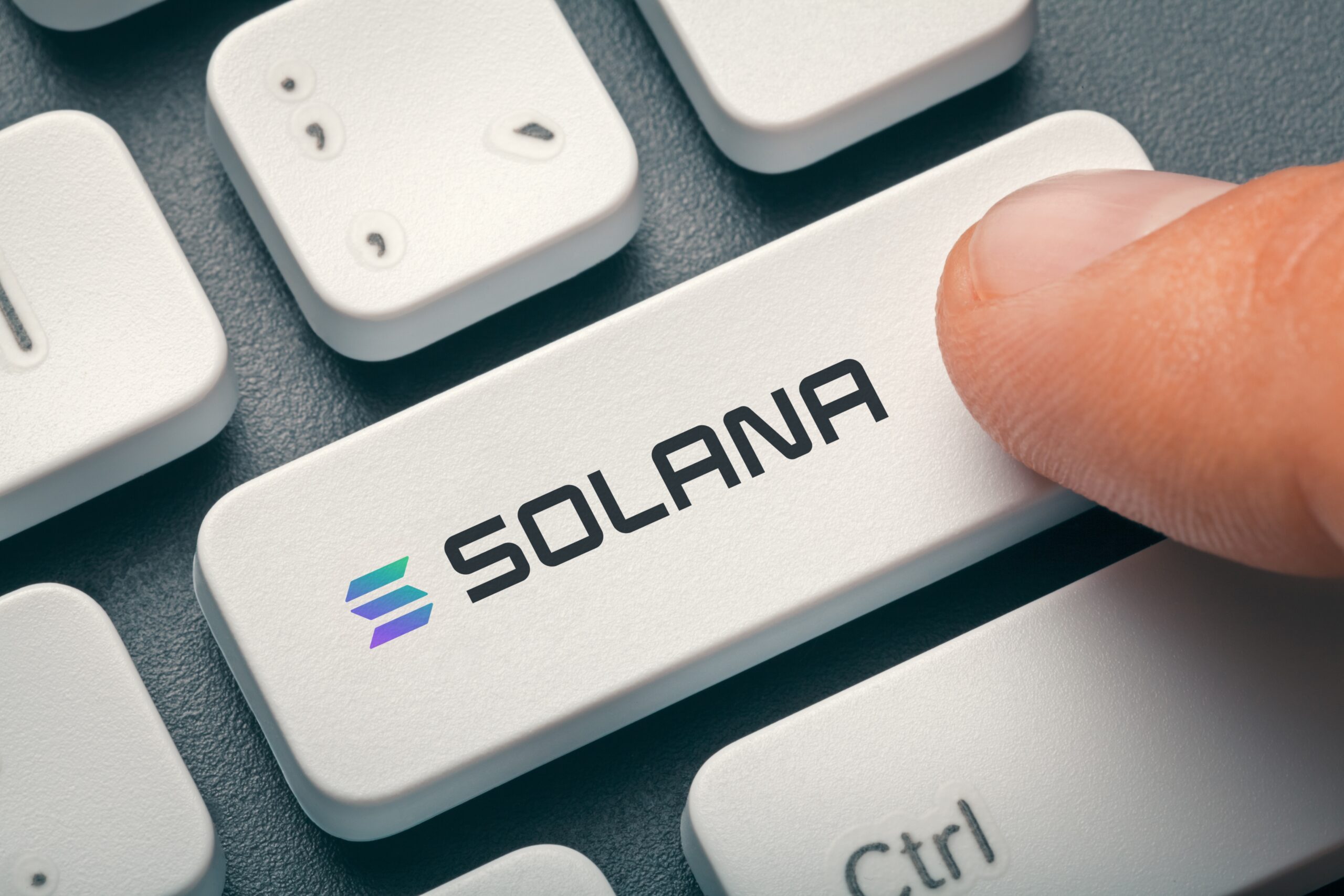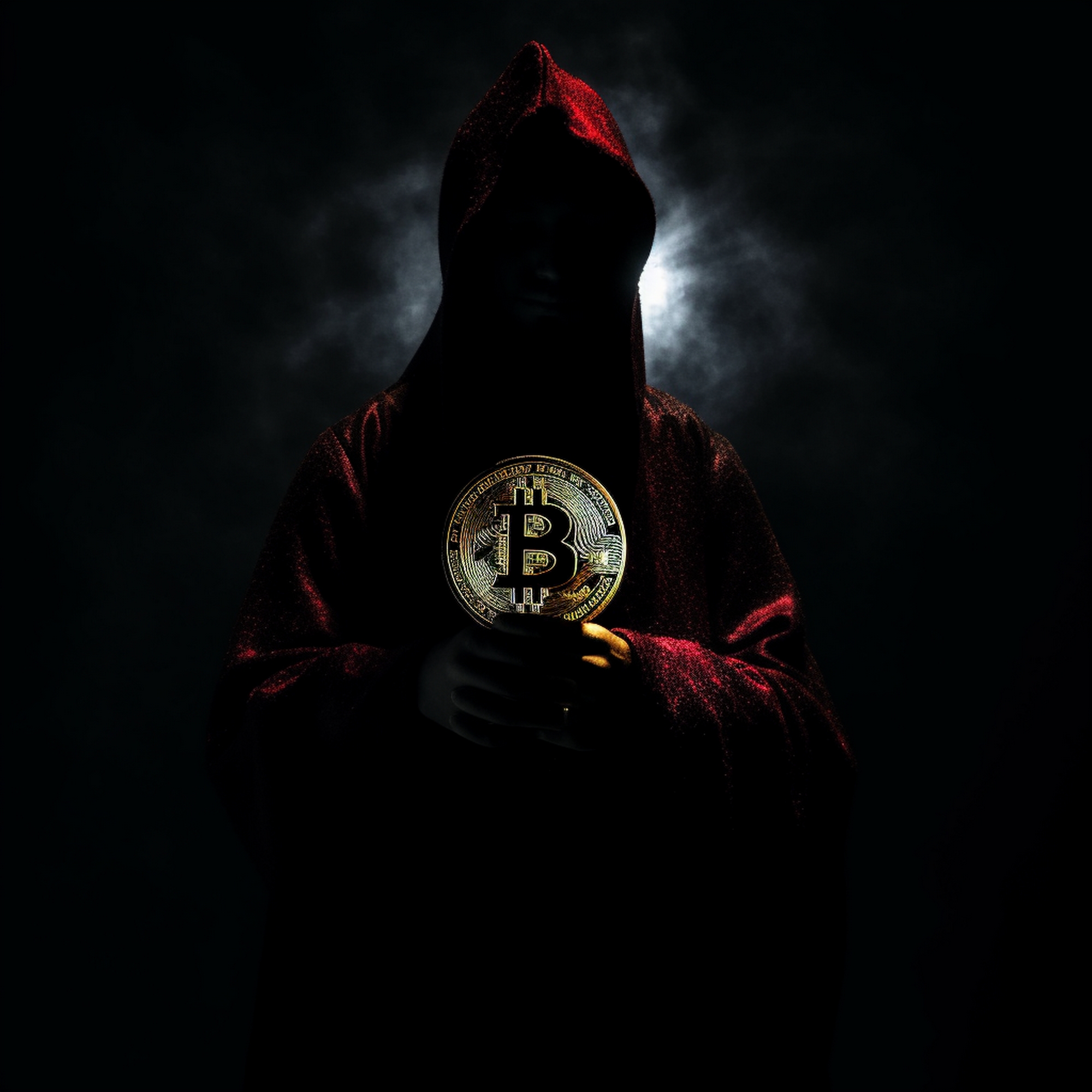Another legacy financial institution has jumped on the blockchain technology bandwagon.
Earlier this week, Western Union (NYSE: WU) covered its plan to release its new stablecoin, U.S. Dollar Payment Token (USDPT).
It will be settled on Solana’s blockchain and managed by Anchorage Digital, a regulated crypto platform and digital infrastructure provider serving institutional clients since 2017.
Based on its October 28 press release, the firm expects its USDPT to be ready for us in the first half of next year, allowing clients to access this through “partner exchanges, allowing broad accessibility and ease of use.”
Now that the company can conduct ultra-cheap and fast transactions on Solana’s (fairly) reliable network, I want to see major savings passed on to everyday users.
According to CompareRemit, remittances can be very costly depending on factors such as:
– Poor financial infrastructure in some countries
– High reliance on correspondent banking, whereby a financial institution provides services (like payments or money transfers) on behalf of another bank abroad.
– Regulatory and compliance expenses
– The use of informal channels for conducting services in areas that lack conventional banking services
– A lack of transparency in international money transfers.
Considering the growing presence of reliable Internet services across the world (over 6 billion people have used the Internet, more than double the 2.99B in October 2015), cheap smartphones, an increasingly tech-savvy world and improvements to blockchain technology, it would be laughable to assume outdated, expensive systems will remain viable for much longer.
Through the use of public blockchains, such as Bitcoin, Ethereum, Solana, and XRP Ledger, as well as other ecosystems, remittance services will eventually be compelled to provide lower prices and at least some additional transparency for over 300 million international migrants, especially in an increasingly competitive sector.
Additional thoughts
It’s about time that remittance services finally stepped up and adopted a far more efficient system than the costly and slow service they’ve provided for decades.
I speak from experience, having lived overseas for two years in two different countries. My quest for cheaper, faster cross-border payments led me to Bitcoin and crypto.
If there’s any group that should be worried about the expansion of major Solana partnerships, it’s Ethereum devs and ETH holders.
More money is being poured into Solana, and its consistently higher network usage means less revenue for Ethereum.
The legacy smart contracts network not only has to worry about Solana’s ascent, but also needs to stop even more gas fees going to L2s, notably Base and Arbitrum One, which account for 73% of user operations per second (UOPS) between Ethereum and its L2s combined.
Solana has come a long way over the past four years, overcoming periods of frequent, major network outages. Moreover, it is gradually proving itself to be much more than just a platform for launching meme coins.
Despite the Western Union announcement, this week’s launch of Bitwise’s BSOL, the first spot Solana ETP in the USA (including staking rewards), the 25 bps Fed rate cut decision, and work towards the Firedancer upgrade, SOL remains under $200 per coin.
Music to my ears, if you ask me, considering that its 34% its all-time high of $294 set in January this year.
With a circulating market cap of $106 billion versus Ethereum’s $472 billion, there’s still a strong likelihood that SOL will emerge as a more profitable choice.
Mind you, given ETH’s mediocre performance over the past four years, I am setting the bar somewhat low, at least compared to BTC, and, to a lesser extent, BNB.
Yet, Solana still has a long way to go if it were to dethrone Ethereum as the leading smart contracts platform.
Despite the latter’s first-mover advantage, it needs to step up and introduce significant improvements to its base chain, rather than relying too heavily on L2S, at least in the long term.
The upcoming Fusaka upgrade is a step in the right direction, but Solana’s growing presence will give it a run for its money in the coming years.
How high will SOL’s price be within 12 months? Comment below.
You might also be interested in these stories:
https://cryptowithlorenzo.medium.com/these-crypto-scams-are-becoming-more-sophisticated-40f35dc6e657
https://medium.com/@cryptowithlorenzo/its-not-too-late-to-own-at-least-half-a-bitcoin-eba7ac43a21c
https://cryptowithlorenzo.medium.com/bitcoin-is-going-to-zero-5562122f5481
Affiliate links
Use the following links to help support my channel. I receive a small commission per sale or new client at no additional cost.
Kraken
Get A$50 to your Kraken account. Unlock it after your first trade of A$200 with code: yt7dpbgr or through this link: https://invite.kraken.com/JDNW/g5xvarar
Disclaimers
• This blog post is for informational purposes only. It is not financial/investment advice. You are ultimately responsible for your decisions.
• My opinions in this piece may not reflect those of any news outlet, person, organisation, or entity listed here.
•Please do sufficient research before investing in Bitcoin, cryptocurrencies, NFTs, related stocks or other products associated with this space.
Image by Morrowind at Shutterstock.



